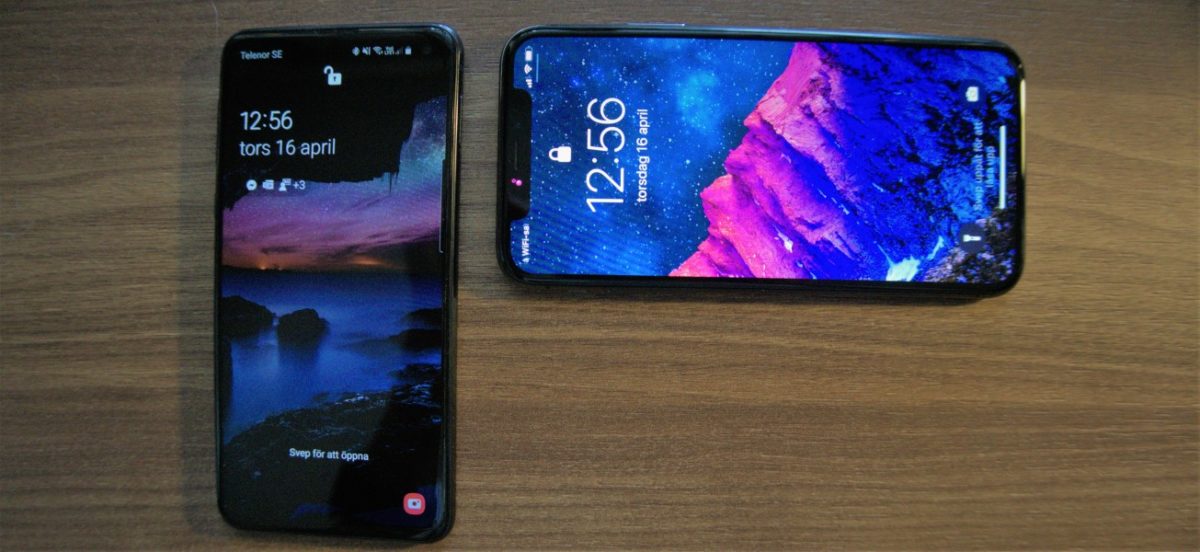(Originally published on LinkedIn)
By now you have gone through several generations of different practices on how and why to manage your computers, through a Microsoft product such as #ConfigMgr or a third-party product like SpecOps. For Windows, managing the device is a standard procedure and most larger organizations have some sort of management.
But what about your mobile devices such as your iPhones, iPads, and Samsung phones? Are those managed?
Why should you manage your mobile devices?
There are a lot of arguments why you should manage your mobile devices such as keeping an inventory, security, and ease of use.
But why should you care? What’s in it for you?
Knowing what devices you have in your organisation, who has them and if they are used are a few things that are increasingly important in a cloud-centric world. Devices are no longer only living on the corporate network, and the mobile devices never even made it there.
Adding management to your mobile devices can provide you with many benefits:
- You can keep track of what devices are used by whom
- You can utilize a mobile device as a factor in multi authentication scenarios
- Ease the access to corporate data for your end-users
- Distribute software and settings (much like on Windows), making the user experience smoother.
- Ensure that your corporate data is safe
There are several other arguments for this as well.
But to keep it short. You will gain control of what devices are used, by whom, in your organization. These devices are also most likely accessing corporate data, and it’s a clever idea to manage data on these devices (to minimize incidents).
What’s in it for the user?
So why would your users care about if their device is managed or not?
A lot has happened since the iPhone was introduced back in 2007. The services available, the threat level, user behaviour and more. We have also gained a lot of possibilities during the last couple of years when it comes to mobile device management. There are constantly new settings being available to manage to make the end-user onboarding better. We can define email account, deploy corporate Wi-Fi credentials, install business-related apps and much more. But we can also enforce security measurements such as PIN-code and encryption.
Lately, we are also able to set trust to a device, by registering it in Azure AD and by doing that claiming it to be trusted and not enforcing MFA each time it the end-user is trying to access the corporate sphere. Doing this will increase the user experience and at the same time ensure that you obtain a higher level of security since you know what device your data is accessed from.
One other important thing in this for the end-user is that you can now remotely assist the user in case they lose their device PIN or need some other help. For some platforms, there are even remote tools through e.g. TeamViewer so that your support team can see what the user is seeing.
So why should you care?
Since the behaviour of the workforce is changing. The term “mobile-first” isn’t applicable anymore, but if you look at what devices people are using, they spend a lot of time with their smartphones. So why wouldn’t you secure this device and make it member of your IT environment? There is a lot of hidden potentials here, where you can provide a valuable experience throughout the whole life cycle of the device (from onboarding to decommissioning).
Especially if you look at the younger generations of your workforce, they are more heavily dependent on their mobile device and if you are not on top of this on an early stage you will have a lot of catching up to do.
And just to be clear, I’m not suggesting that you manage your mobile devices as you do with your on-prem computers. Adopt to what the mobile device management world looks like and protect the right things (data and identity), having the device locked down and not useful from an end-user point of view will only make your end-users find ways around it and you are back to square one.
What are your thoughts on this? Leave a comment!


Leave a Reply